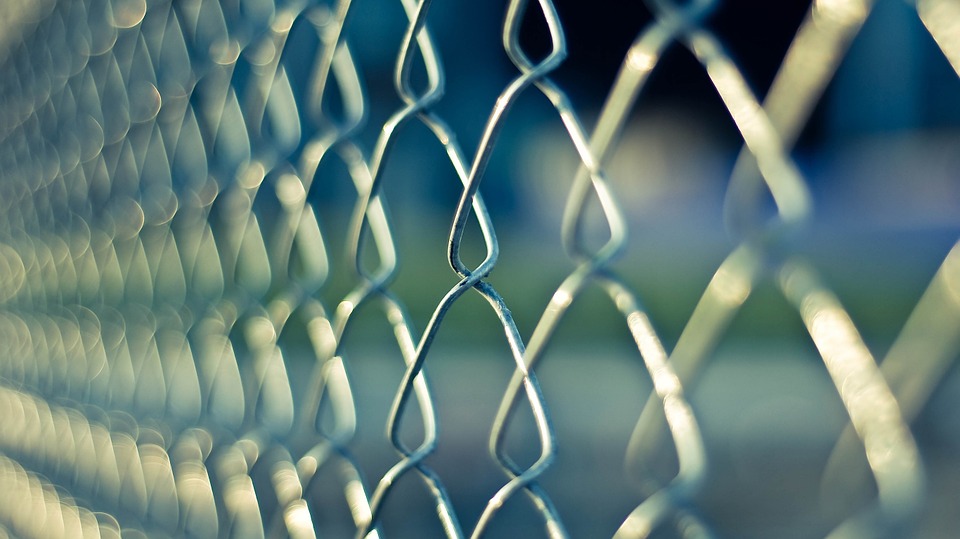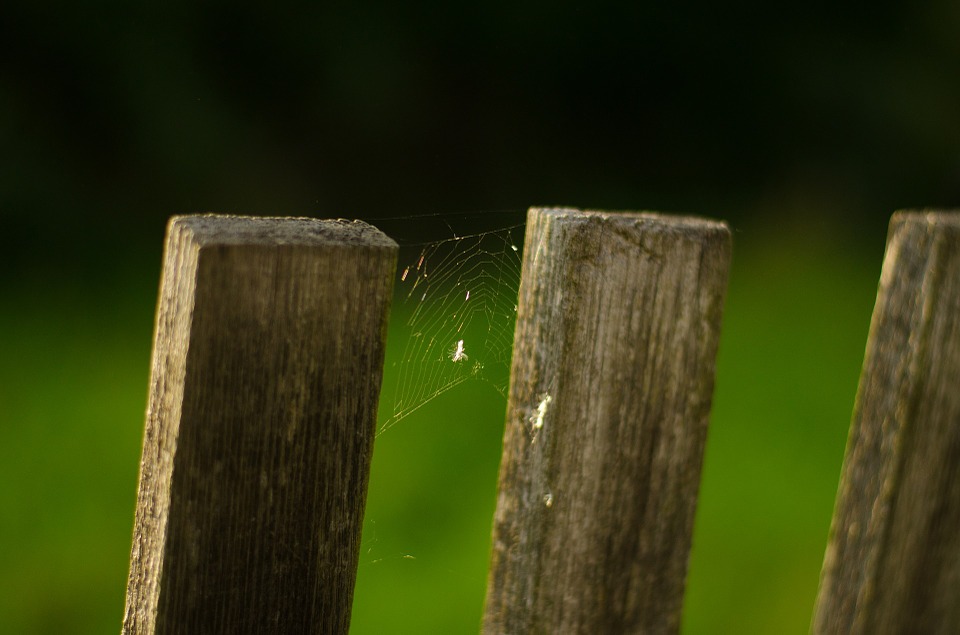My friend Allen recently bought himself a house in the UK. His property bordered three other houses to the right, left, and its rear. Two weeks after moving into his new home, Allen experienced the worst storm he had seen in years. The storm caused the collapse of the garden wall and the boundary wall to his right. This was later attributed to years of neglect by previous inhabitants of the place. But what Allen hadn’t planned for was the war of words that ensued afterwards about who owns which fence, and therefore whose responsibility it was to repair the damaged walls.
Allen’s case, unfortunately, is not an isolated incident. Many homeowners have been dragged into such issues at some time or other. It is critical to know about the conditions of the property you plan to purchase. And one of the most important things you must be informed about is who owns which fence. The documentation which comes with the purchase of any property should indicate who owns the garden fence and therefore who is responsible for the garden fence.
In the UK, laws about who owns which fence are quite clear. And although some contracts will specify who owns the boundary fence to their right, you can relate to the standard rules if such clauses are missing in your purchase documents. The majority of the lands in England are registered incorporating the general boundaries which serve to show how far the land extends. HM Registry draws a title plan of the land upon the registration of any property and unless the previous property owners had distinguished the exact boundaries, the general boundaries shown on the title plan will have to apply.

Settling on Boundary Feature
Distinguishing between a boundary and a boundary feature is important. A boundary is simply the extent of one’s property, while a boundary feature is any structure used to mark that extent.
The choice of the boundary feature depends on whose side of the boundary the feature is going to be installed. If you and your neighbour have a clear boundary line, erecting a boundary feature on your side of the boundary should not be an issue of discussion since it is now on your property. In the event of collapse, you will be responsible for its repair.
The issue comes in when a boundary feature has to be installed along the boundary. If you are looking to install a garden fence, you need to learn about who is responsible for the garden fence from your solicitor. Your solicitor can interpret the documents clearly and advise you accordingly. As mentioned earlier, the property documents should show who owns which part of the land bordering two houses. In case this information is missing, both parties to the boundary feud should seek to resolve it.
Making Boundary Agreements
When faced with a dispute over who owns which fence, you and your neighbour should sit down and review your property documents to check for any pre-existing boundary agreements. If none exists, you will have to agree on who is responsible for which fence amicably. It is preferable to carry out this process in the presence of a solicitor or solicitors representing both sides.
Once an agreement is reached, ensure to put the agreement in writing and have both parties sign it. You can move to get the boundary agreement included in the title plan of your property as well as your neighbour’s property.

Application for a Boundary
It is everyone’s wish to live in a neighbourhood with friendly people. If you live in such a place, resolving small issues such a who owns the fence separating your property shouldn’t be a big issue. If you don’t have friendly neighbours, you may require the intervention of the local authorities to solve issues such as the one relating to the exact boundary between the two of you.
An application process to set the exact boundary between two adjacent property can be initiated if you need to. Before applying for such a process, you should gather as much information relating to the property as you possibly can from the land registry documents, the title plan and any other relevant documentation. The HM Land Registry will provide you with all the information you need concerning neighbouring properties.
You can also pay a surveyor to come up with a detailed plan of your property. This plan should then be sent to the HM Land Registry accompanied by a complete application, any agreement documents and a £90 fee for determination of the exact boundary. Now in our case where you made no agreements with your neighbour, the HM Land Registry will take it upon itself to contact your neighbour and inquire if they approve of your plans.
Boundary Dispute Resolution
The process of resolving boundary disputes is very clear in the UK. Property owners have nothing to be worried about in case they aren’t adept issues such as who owns which fence. The First Tier Tribunal instituted under the Property Chamber of Land Registration should be able to rule on such cases to the satisfaction of both parties. This should be able to finally set the conditions clear on who owns the garden fence or the fence to the right or left of your property.
In situations where you must erect a garden fence at your backyard, you may incur the cost of installing and maintaining the garden fence. If you own property in London, you must be informed about and policies, rules and regulations relating to owning a property in London.
To find out more about your property boundaries click here.




